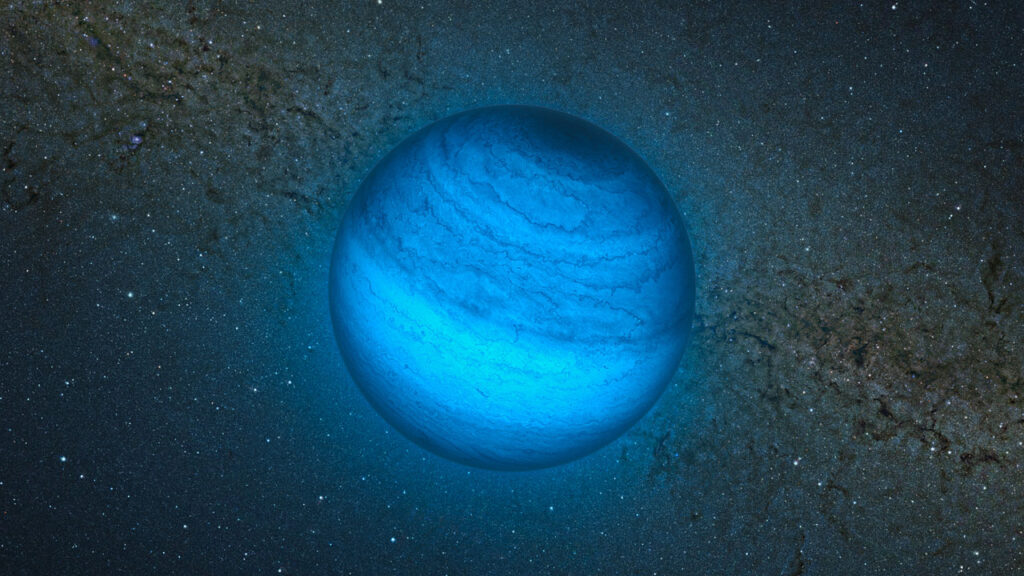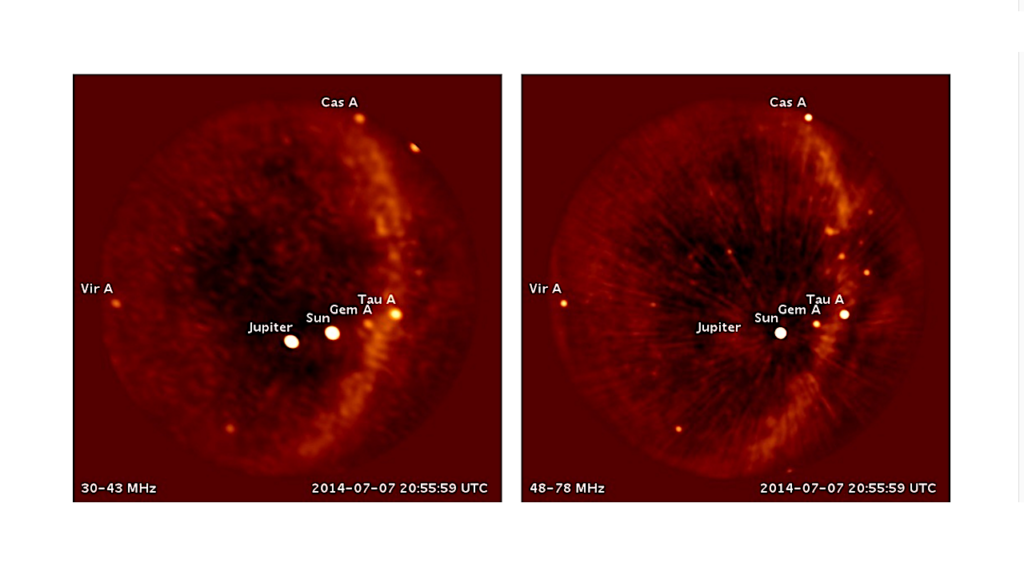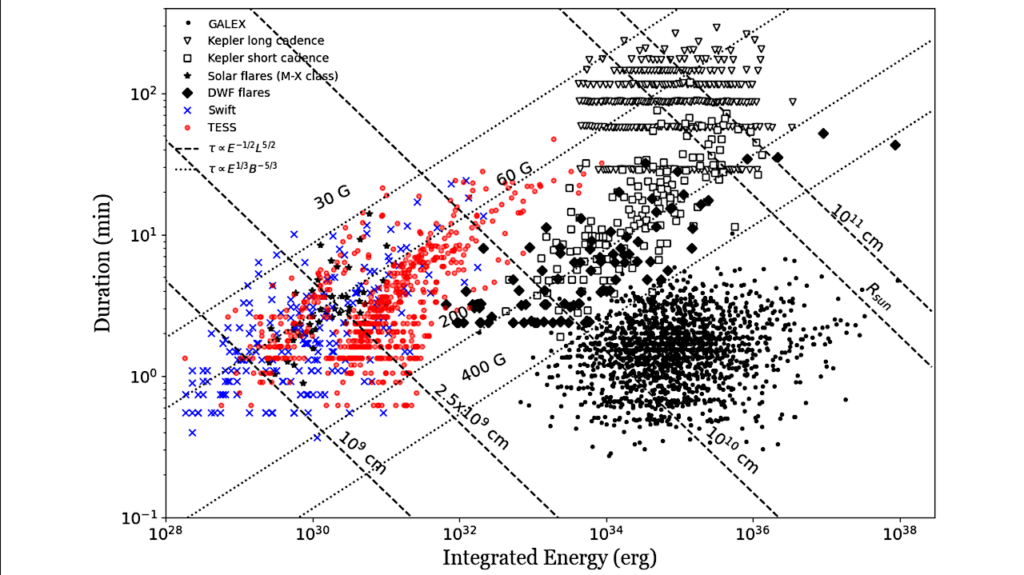Growing Terrestrial Planets from Gradual Accumulation of Sub-meter Sized Objects

Building the terrestrial planets has been a challenge for planet formation models. In particular, classical theories have been unable to reproduce the small mass of Mars and instead predict that a planet near 1.5 AU should roughly be the same mass as the Earth.
Recently, a new model called Viscous Stirred Pebble Accretion (VSPA) has been developed that can explain the formation of the gas giants. This model envisions that the cores of the giant planets formed from 100 to 1000 km bodies that directly accreted a population of pebbles — sub-meter sized objects that slowly grew in the protoplanetary disk. Here we apply this model to the terrestrial planet region and find that it can reproduce the basic structure of the inner Solar System, including a small Mars and a low-mass asteroid belt. Our models show that for an initial population of planetesimals with sizes similar to those of the main belt asteroids, VSPA becomes inefficient beyond ∼1.5 AU. As a result, Mars’s growth is stunted and nothing large in the asteroid belt can accumulate.
Harold F. Levison, Katherine A. Kretke, Kevin Walsh, William Bottke
(Submitted on 7 Oct 2015)
Comments: Accepted for PNAS
Subjects: Earth and Planetary Astrophysics (astro-ph.EP)
Cite as: arXiv:1510.02095 [astro-ph.EP] (or arXiv:1510.02095v1 [astro-ph.EP] for this version)
Submission history
From: Katherine Kretke
[v1] Wed, 7 Oct 2015 20:07:34 GMT (326kb,D)
http://arxiv.org/abs/1510.02095








